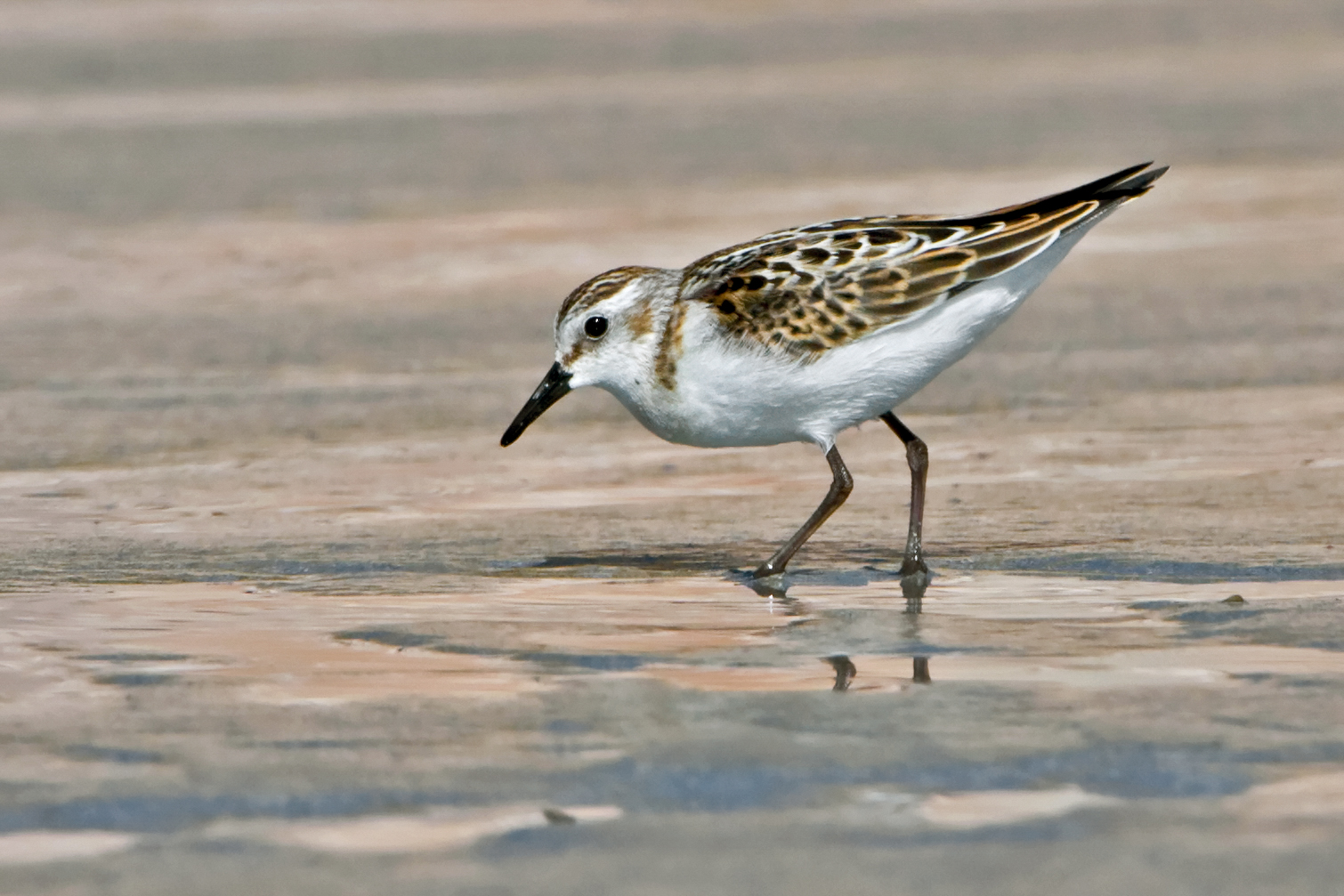
BirdTrack migration blog – autumn migration is underway!
Be the first to commentAlthough meteorological autumn begins on 1 September, some autumn bird migration has been well underway for weeks. Most of August was dominated by south-westerly winds and this resulted in some excellent movements of seabirds off the south-west coast and Ireland.
South Polar Skua (which was only added to the British List in 2021, 25 years after the first record occurred), were recorded from the Bridges of Ross, County Clare (Ireland), Porthwarrga, Cornwall and from pelagic trips from the Isles of Scilly. A new peak count of 105 Wilson’s Storm Petrel was also recorded on 4 August from a pelagic trip off the Isles of Scilly. These small seabirds, not much larger than a Swallow, breed across islands in the southern oceans.
Outside the breeding season they can be found out at sea almost anywhere in the world and, due to the rise in popularity in pelagic trips, there has been a steady increase in the number of records in British and Irish waters. These good seawatching conditions also meant Cory’s Shearwater and Great Shearwater made it on to more BirdTrack complete lists in August than the historical average. The last few days have also seen some interesting seawatching on the east coast due to some stronger easterly winds. Pomarine Skua, Long-tailed Skua and Storm Petrel have been reported and there was even a White-billed Diver spotted off the Suffolk coast on 31 August.
Wader migration is a feature of August. Wood Sandpiper moved through, heading from their breeding grounds in northern Europe (a few pairs breed in Scotland) to their wintering grounds in Africa, with a peak count of 29 at Worth Marshes in Kent. Spotted Redshank were also on the move, with a count of 39 recorded at RSPB Old Hall Marshes in Essex. While with some high tides, the well known wader hot spots on the Wash, Snettisham and Frampton Marsh were visited by lots of birds and birders. Frampton Marsh recorded 27 species of wader on 24 August, including Baird’s Sandpiper, Temminck’s Stint, Little Stint and Curlew Sandpiper.
The other side of the Wash, at Snettisham, saw up to eight White-rumped Sandpiper and a Pectoral Sandpiper amongst the hundreds of Knot, Black-tailed Godwit and Dunlin. Away from the Wash, a Hudsonian Godwit was recorded at RSPB Burton Mere and across the Dee Estuary at Flint, while on Friday 30 August an adult Stilt Sandpiper was found on Kilnsea Wetlands.
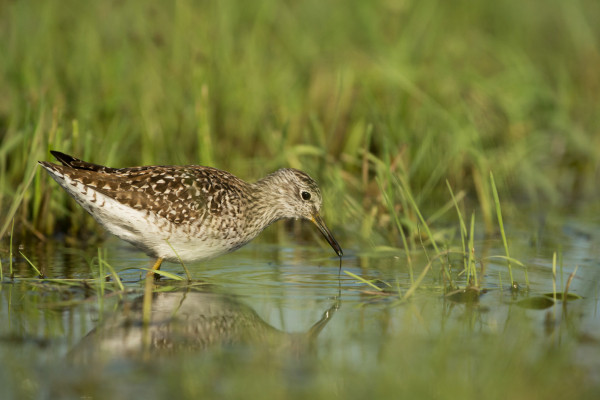
The end of August and start of September tends to see the peak movement of birds such as Lesser Whitethroat, Whinchat and Pied Flycatcher.
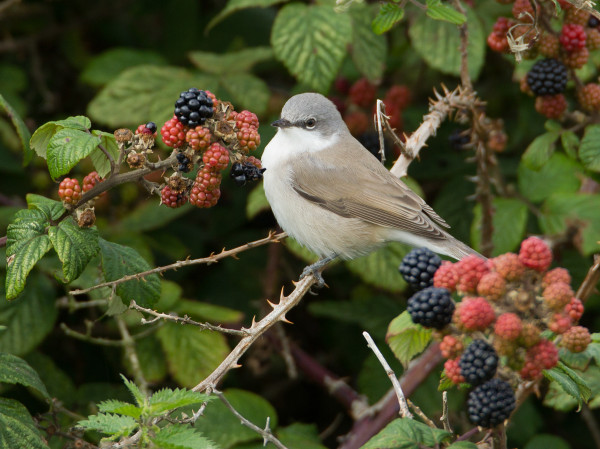
However, this year’s reporting rates show that this has been delayed, with the uptick in records only beginning in the last few days rather than a few weeks ago. So, there still should be a chance to catch up with some of these species before they head off south.
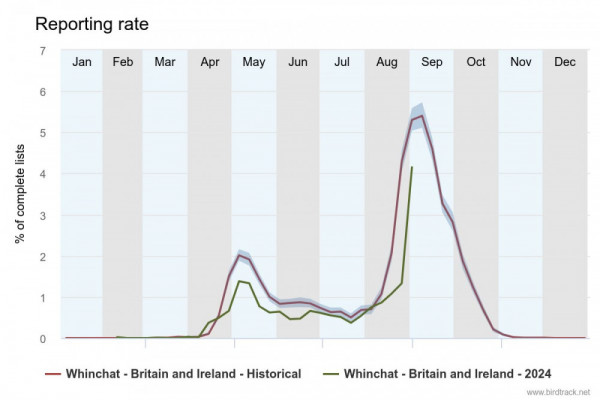
Last weekend saw a change to an easterly air flow which significantly increased the reporting rates of some of our common migrants such as Chiffchaff and Redstart. It also saw an arrival of classic drift migrants on the east coast, with multiple reports of Greenish Warbler, Wryneck, Common Rosefinch, Barred Warbler and Ortolan Bunting, plus a Thrush Nightingale on Blakeney Point and a Red-breasted Flycatcher at Spurn.
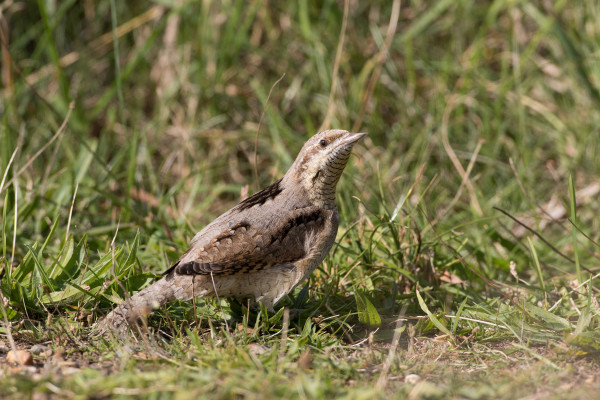
As the weather broke down on Monday 2 September with rain and mist, the wind began to swing around and some southerly winds saw a report of a Booted Eagle flying north over Nanquidno Valley in Cornwall. The middle part of this week looks quieter with high pressure over the Atlantic bringing some settled weather with isolated showers. However the current forecast for next weekend is for a switch to easterly winds, this could mean some good seawatching and a further arrival of migrants on the east coast just in time for the Spurn Migration Festival.
So if you are at MigFest, the seawatching and visible migration watch points will be worth a visit. These easterly winds might mean Sooty Shearwater and Sabine’s Gull could be amongst the seabirds seen, as they are pushed down the North Sea. The east coast may also see its first flocks of Pink-footed Goose arrive to spend the winter in East Anglia, as their historic reporting rate starts to rise from the second week of September.
As an easterly wind is more conductive for autumn migration any time spent outside, but especially early in the morning, will give you a good chance of seeing it in action. House Martin and Swallow will be moving south and if you are lucky you may hear the distinctive flight call of Yellow Wagtail as one passes overhead.
Wherever you might be, enjoy witnessing the amazing spectacle of autumn migration, and don’t forget to record your observations in BirdTrack.
Send us your records with BirdTrack
Help us track the departures and arrivals of migrating birds by submitting your sightings to BirdTrack.
It’s quick and easy, and signing up to BirdTrack also allows you to explore trends, reports and recent records in your area.
Find out more



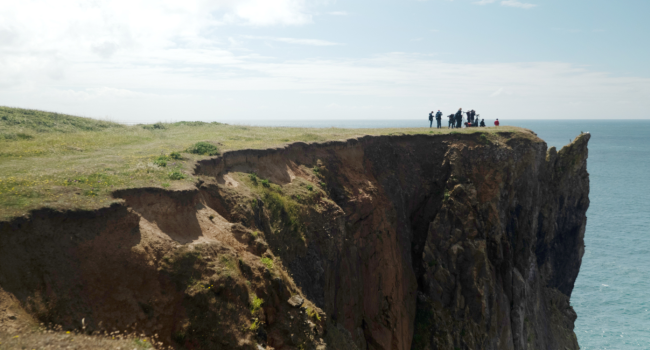


Share this page